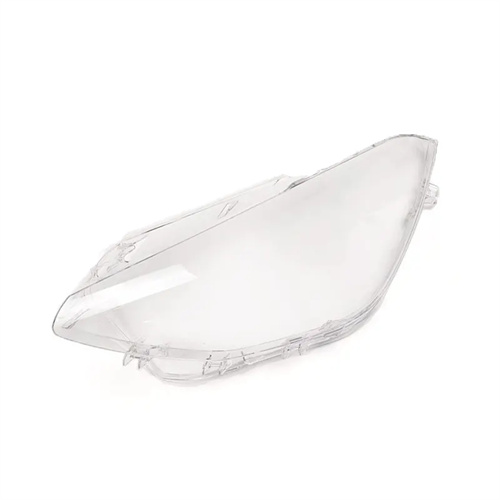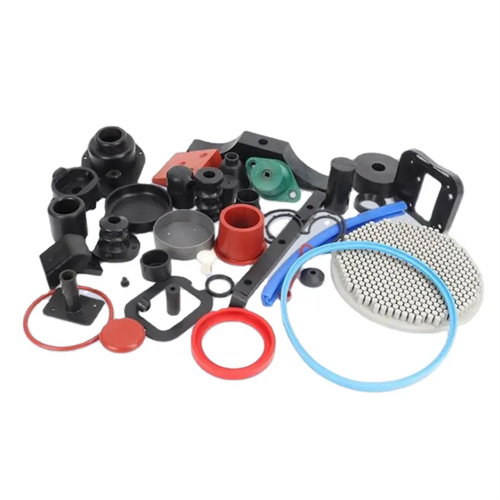Injection hinge reset mechanism
The pre-reset mechanism for injection molding hinges is a key device that ensures the smooth demolding of hinged plastic parts. Its core function is to reset the hinge core or slider before other molded parts during the mold closing process, avoiding mold damage or part deformation due to interference. Hinge structures are often used in clamshell plastic parts such as mobile phone cases, laptop hinges, and flip-top home appliances. Their molding requires the mold to have lateral core pulling or rotational movement components. If the reset sequence is not correct, it is very easy to cause the core and cavity to collide. For example, the mold for a certain laptop hinge plastic part did not have a pre-reset mechanism. During mold closing, the hinge core pulling slider interfered with the ejector pin, causing the ejector pin to bend and the slider to wear. The machine had to be shut down for maintenance every 500 molds, seriously affecting production efficiency.

The structural design of the pre-reset mechanism should be carefully considered based on the hinge’s trajectory and mold space. Common types include spring, tie-rod, wedge, and rack-and-pinion mechanisms. The spring-type pre-reset mechanism is simple, employing a compression spring installed on the hinge slider or core. The spring’s elastic force propels the mechanism into a premature reset after mold opening. This mechanism is suitable for applications with low reset forces (less than 500N). The spring constant should be calculated based on the reset stroke to ensure complete reset before mold closing. The tie-rod pre-reset mechanism uses a tie-rod fixed to the fixed mold to pull a reset lever on the movable mold, forcing the hinge to reset prematurely. With a reset force of up to 1000-3000N, it is suitable for large hinged plastic parts. For example, a certain automotive armrest hinge mold utilizes a tie-rod pre-reset mechanism. The tie-rod length is designed to be 150mm based on the mold closing stroke. The reset lever is pulled at 1/3 of the mold closing stroke, ensuring the hinge core is fully reset before the cavity closes, completely eliminating interference.

Controlling the reset accuracy of the pre-reset mechanism is crucial to its design. The hinge components must maintain a reset position error of no more than 0.05mm, otherwise the dimensional accuracy of the plastic part will be compromised. A wedge-bar pre-reset mechanism achieves precise reset through the coordination of a wedge bar and the inclined surface of a slider. The wedge bar’s tilt angle is typically 20°-30°, and the slider’s inclined surface is precision-ground to a surface roughness of less than Ra0.8μm, ensuring smooth, lag-free movement. A rack-and-pinion pre-reset mechanism uses a gear transmission to achieve synchronized reset. It is suitable for complex hinge structures requiring multi-directional reset. The gear module is typically 1-2mm, and the number of teeth is determined by the transmission ratio to ensure coordinated movement of all reset components. For example, a dual-hinge mold for a flip-top cover for a medical device utilizes a rack-and-pinion pre-reset mechanism. The intermediate gear drives the two racks, ensuring the reset error of the two hinge cores is controlled within 0.03mm. This results in a stable hinge clearance of 0.1-0.15mm within the plastic part, meeting assembly requirements.

The pre-reset mechanism must be installed away from the melt flow path and ejector system to avoid interfering with part molding and demolding. In the mold layout, the pre-reset mechanism should be located in a non-cavity area of the mold. Sufficient clearance (at least 10mm) should be reserved for the movement of components such as tie rods and wedge rods to prevent collisions with other parts. The spring of a spring-type pre-reset mechanism must be installed in a guide hole with a clearance of 0.5-1mm between the guide hole and the spring to prevent lateral bending and failure. For example, a mobile phone case hinge mold uses a spring-type pre-reset mechanism installed in a corner of the mold. A guide sleeve encloses the spring. This ensures reset functionality without interfering with the cavity layout and ejector movement, improving mold space utilization by 20%. Furthermore, pre-reset mechanism components must be made of high-strength materials. For example, tie rods and wedge rods should be made of 40Cr steel with a quenching treatment (HRC 45-50), and the spring should be made of 50CrVA steel to ensure a service life of at least 500,000 mold cycles.

The commissioning and maintenance of the pre-reset mechanism are crucial to ensuring its reliability. During commissioning, a dial indicator is used to measure the motion trajectory of the reset component to ensure that reset occurs before the cavity closes during mold closing. For example, the hinge slider of a certain mold must fully reset when the mold closing stroke reaches 50mm. During commissioning, the tie rod length is adjusted to ensure that the reset action is completed 5mm earlier, leaving a sufficient safety margin. During routine maintenance, the pre-reset mechanism’s fasteners must be regularly checked for looseness, springs for fatigue failure, and gear and rack lubrication. Grease should be refilled every 10,000 molds, and springs should be replaced every 50,000 molds. For example, a home appliance company established a maintenance log for the pre-reset mechanism and promptly replaced worn wedge rods and springs, reducing mold failure rates by 60% and increasing the yield rate of hinge plastic parts from 89% to 99.5%. Through rational design, precision machining, and standardized maintenance, the pre-reset mechanism effectively ensures the molding quality of hinge plastic parts and the safe operation of the mold.
